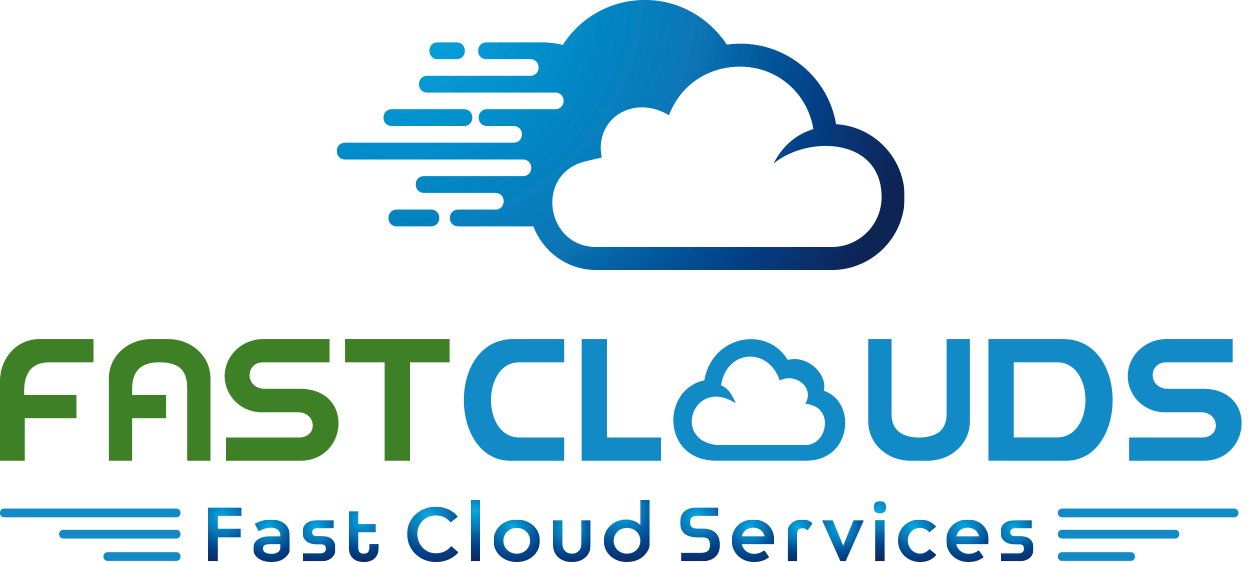In the face of increasing cyber threats and complex attacks on networks, cloud security services have become an essential tool for safeguarding enterprise networks. They provide advanced levels of security and protection around the clock, ensuring the security of vital data and applications that businesses rely on. As digital transformation accelerates and businesses increasingly depend on cloud solutions, cloud security has become a fundamental component of an organization’s security strategy. In this article, we explore the best practices for network protection using modern cloud security services, which help enhance security levels and reduce cyber risks.
What are Cloud Security Services?
Cloud security services are a set of tools and solutions that provide robust protection for data and applications in cloud environments. These services include various functions such as protection against cyberattacks, continuous network monitoring, data access management, and maintaining the privacy of information. These services vary based on the type of cloud used (public, private, hybrid) and the specific security needs of the organization.
Best Practices for Protecting Networks with Cloud Security
-
Implement Multi-Factor Authentication (MFA)
multi-factor authentication (MFA) is one of the most effective methods to secure cloud system access and accounts. By requiring multiple verification factors (such as passwords, SMS codes, or fingerprints), businesses can reduce the chances of attacks resulting from password leaks or theft.
Best Practice:
Enable MFA for all accounts that connect to cloud networks, including user accounts and support staff. This adds an extra layer of security against unauthorized login attempts.
-
Encrypt Data During Transit and Storage
Companies must ensure that all data stored in the cloud is encrypted, whether it’s in transit or at rest. This guarantees that data can only be read or accessed by authorized personnel.
Best Practice:
Use strong encryption protocols such as TLS and AES to protect data from attackers while it is being transmitted across cloud networks. Additionally, encrypt files and data stored on cloud servers to safeguard them against potential breaches.
-
Monitor Activity and Analyse Behaviour
Network monitoring and activity analysis are crucial elements of cloud security. Using tools such as SIEM (Security Information and Event Management) systems, businesses can detect suspicious activities and analyse unusual behaviours that might indicate threats or attacks.
Best Practice:
Adopt advanced cloud security tools that provide real-time monitoring and behavioural analysis of network activities within the cloud environment. These tools can include instant alerts and detailed reports that help take quick action to prevent any security breaches.
-
Define and Manage Access with Identity and Access Management (IAM)
Identity and Access Management (IAM) is fundamental to cloud security. Clear mechanisms should be in place to define who has access to cloud data and services. By controlling access, businesses can prevent unauthorized users from infiltrating their networks.
Best Practice:
Apply strict access control policies based on the principle of least privilege. Organizations should define each user’s role and grant them only the permissions necessary to perform their tasks. These policies should be regularly updated.
-
Protect the Network with Cloud Firewalls
Cloud firewalls provide effective protection against external attacks such as hacking attempts. Modern cloud firewalls not only inspect data traffic but also include features like content filtering and malware scanning.
Best Practice:
Utilize advanced cloud firewalls that offer integrated monitoring, automatic filtering, and dynamic traffic classification capabilities to protect the cloud network from continuous attacks.
-
Regular Backup of Cloud Data
Regular backups of cloud data are critical. In the event of a network breach or attack, backup systems help quickly and efficiently restore data.
Best Practice:
Rely on cloud backup services that offer encrypted, retrievable backups at any time. Backup systems should be updated periodically to minimize potential data loss.
-
Continuous Penetration Testing and Security Audits
Protecting cloud networks goes beyond implementing technology; businesses should conduct regular penetration testing to identify any security vulnerabilities in the cloud environment. Security audits should also be performed regularly to ensure compliance with security policies.
Best Practice:
Collaborate with cybersecurity experts to conduct regular penetration tests on cloud networks to discover any vulnerabilities that may exist. Security policies and procedures should be continuously evaluated and updated to keep pace with emerging threats.
Conclusion
Cloud security services today are a cornerstone of the security strategies for both large and medium-sized businesses. By implementing best practices such as multi-factor authentication, data encryption, and continuous monitoring, companies can significantly enhance the security of their cloud networks and ensure better protection against growing threats.
To safeguard networks from advanced attacks and reduce security risks, businesses must adopt modern cloud solutions and continuously improve their security strategies to ensure a safe and reliable environment that meets the increasing digital challenges.





